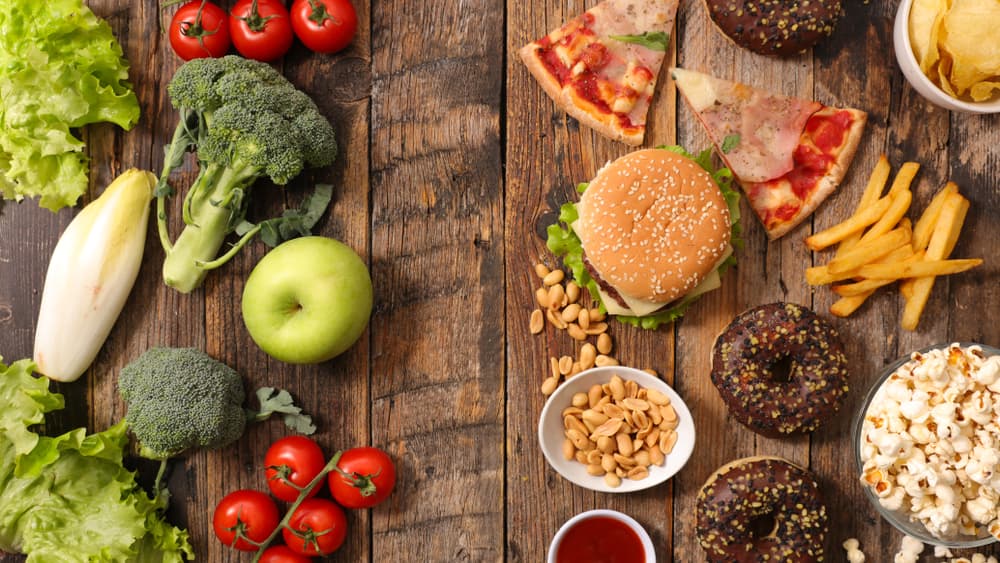
As a lead up to Australia Day coming this weekend, NaturalTherapyPages.com.au thought it will be a cool idea to feature some articles that will discuss the health and wellness of Australians. So as first part of this mini-series (Part 2 & Part 3), here's an article that will discuss the Australian Dietary Guidelines to help everyone live a more healthy lifestyle as far as food they consume.
The Australian Dietary Guidelines is created by nutrition experts. It provides up to date advice about the amount of foods as well as the kinds of foods you need to eat to maintain and support health and wellbeing. These recommendations are based on scientific evidence and help provide detailed guidance to help people make the best eating choices.
You can use The Australian Dietary Guidelines as a guide for creating healthy, balanced meals.
The Guidelines
Make most of your meal vegetables and fruits - 1/2 of your plate
Aim for a rainbow of foods, which means nutritious fruits and vegetables that are packes with vitamins and minerals. French fries don't count. Some examples are red for tomatoes, which are rich in lycopene that helps with prostate health; orange for carrots that are rich in beta-carotene, which the body converts to Vitamin A; and so on and so forth.
Go for whole grains - 1/4 of your plate
Whole wheat grains are the best for your health. These include barley, wheat berries, quinoa, oats, brown rice, brown pasta. Wholemeal foods will not create a sudden rise in your blood sugar and insulin levels as much as it's white counterpart such as white bread, white rice, and other refined grains.
Protein power - 1/4 of your plate
Fish, chicken, beans, tofu and nuts are all healthy and very versatile protein sources. Limit red meat, and avoid processed meats such as bacon and cold deli meats.
Dairy Foods
Milk, yoghurt, cheese and/or their alternatives, should be eaten every day but limited to 1-2 serves daily. Children under 2 ears should not be given reduced fat milks, they need to be given full fat foods.
Healthy plant oils - in moderation
Choose healthy vegetable oils like olive oil. Avoid partially hydrogenated oils, which contain unhealthy trans fats.
Drink water, coffee, or tea
Avoid sugary drinks. The healthiest option is water and herbal tea.
Stay active
Exercise is very important to maintain health. Walking is one of the best forms of exercise. You can also check out gyms and fitness studios near your area and maybe get yourself a membership.

Limit intake of foods containing saturated fat, added salt, added sugars and alcohol
Foods high in saturated fat such as many biscuits, cakes, pastries, pies, processed meats, commercial burgers, pizza, fried foods, potato chips, crisps and other savoury snacks should not be part of your regular diet. If possible, stay away as much as possible. Avoid unhealthy fats as well. Increase intake of polyunsaturated and monounsaturated fats such as oils, nut butters/pastes and avocado.
Shy away from foods and drinks containing added salt. Make a habit of reading labels to choose lower sodium options among similar foods. You should also limit the amount of salt you may add to foods in cooking or at the table. If you have high blood pressure, avoid additional salt on your meals.
Foods and drinks containing added sugars like sodas, processed juices, etc. should also be avoided. If you choose to drink alcohol, limit intake. For women who are pregnant, planning a pregnancy or breastfeeding, not drinking alcohol is the safest option.
|
Do you have a natural health & wellness business? |









